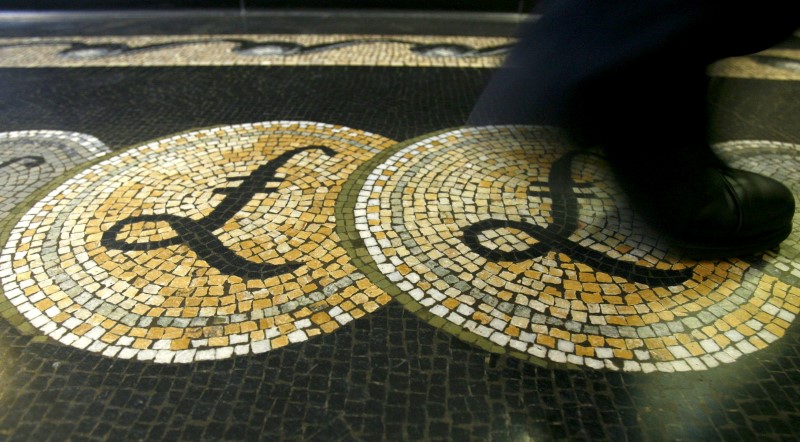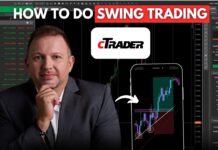


By Patrick Graham
LONDON (Reuters) – Central banks investigating whether computer programs or an individual triggered October’s sterling “flash crash”, the latest to hit a major financial market, may consider computerized stabilization programs as a possible response.
The Financial Times reported on Wednesday that officials were looking at flows through a Tokyo-based trader at U.S. bank Citi (N:C) as they search for what caused the brief but dramatic 10 percent crash in sterling.
Citi said in response that its trading operations had functioned appropriately in a thin and illiquid market.
The FT report said the trader is not believed to have started the slide that sent the pound to a 31-year low but might have exaggerated it by placing a number of ‘sell’ orders after a sudden price shift at an hour when activity is typically quiet.
Whatever the extent of human decision-making in the crash, investigators are convinced algorithm-driven machine trading was at least one major factor in what occurred.
Central bankers meeting at the Bank for International Settlements in Basel last month considered investigators’ preliminary report on the crash and attendees say there is a growing consensus something must be done in response.
Although concrete action is likely to come slowly, there is some support for the idea of building trading tools that would allow central bank intervention to slow down such outsize moves in future.
“The fact is the market is going more electronic, and things happen faster, and the ability to intervene as banks have in the past is taken away. So you are going to see more of these,” said one of those present at the meeting, asking not to be named.
“We are not there yet, but I think you need electronically to build flash crash algorithms. It wouldn’t be expensive.
“And knowing that your central bank is looking at your currency constantly and would do something is a good thing. It is their duty, really.”
Both he and other sources present at the meeting said there was a broad consensus that officials must do more to address the risk from market flash crashes.
The Bank of England and a spokesman for the Bank of International Settlements declined to comment.
HIGH FREQUENCY
The sterling event followed sudden slides in U.S. Treasuries and stock markets in recent years that also prompted regulatory investigations and – in some cases – prosecutions for market manipulation. In January, South Africa’s rand <zar=d3>tumbled 9 percent against the dollar in liquid Asian trade too.
Bankers and regulators all say the crashes are broadly the result of changes in the structure of markets. These include less “voice” trading between human counter parties and a shift away from traditional market-making, where certain banks commit to hold large positions and absorb risk when trading is thin.
Without that backstop, and with at least a third of trading now driven by computers programmed to react to moves in the market or signals from social media and news outlets, the potential for a self-reinforcing plunge is greater.
Whereas once bank trading desks held huge positions that could absorb large orders and work them off over periods of days or even weeks, the new generation of market-makers pride themselves on holding risk for a maximum of 10 or 15 minutes.
While aware of these issues, central banks have generally tended to regard them as the price for making banks take on less risk overall, with the only major fallout a slight rise in the tiny costs for transacting big currency orders.
Wading into markets to halt a flash crash – especially one involving highly liquid assets such as U.S. Treasury bonds – might also create its own problems, two other sources familiar with discussions at BIS meetings said.
Central banks themselves have become steadily more sophisticated, so that dealers are now unable, for example, to say when the Swiss National Bank is conducting its regular interventions against the franc.
But designing a system which guaranteed you would buy a currency or other asset in certain circumstances might encourage markets to test it.
“It’s not obvious what to do. At the moment it is more about asking the question. I don’t think there is an obvious answer,” said a second source present at the meeting.
“One question is how many markets would you set out to cover. You can make a case for the FX market. But would you say the same about Treasuries?”
Source: Reuters

















That’s a good question 🙂
Thanks Vlad, nice article on Flash crashes prod central banks towards algo arms race